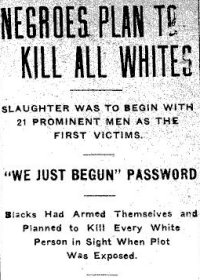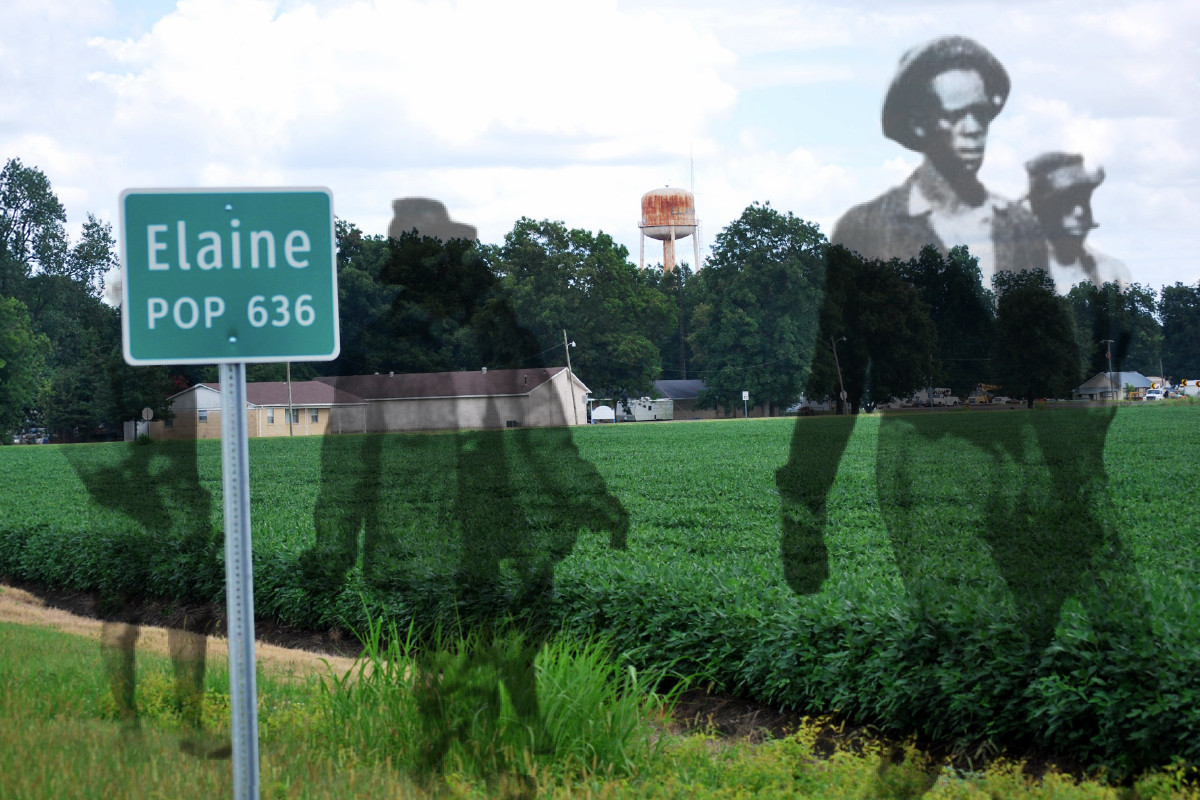Judi Lynn
Judi Lynn's JournalNew Zealand bans swimming with bottlenose dolphins after numbers plunge
Conservation research shows humans are ‘loving the dolphins too much’ in Bay of Islands region

Eleanor Ainge Roy in Dunedin
@EleanorAingeRoy
Tue 27 Aug 2019 23.36 EDT Last modified on Wed 28 Aug 2019 01.49 EDT
Tour operators in New Zealand may interact with bottlenose dolphins for 20 minutes only.
Photograph: Monash University/EPA
The New Zealand government has banned tourists from swimming with bottlenose dolphins in an attempt to save the struggling species.
According to the department of conservation [DoC] research has shown that humans were “loving the dolphins too much” and human interaction was “having a signifiant impact on the population’s resting and feeding behaviour”.
The ban on swimming with bottlenose dolphins applies to tour operators in the North Island’s Bay of Islands region, which is popular with tourists for its warm climate and golden beaches. Other dolphin tours that interact with different species of dolphin in other parts of the country are still permitted.
Bottlenose dolphins prefer to swim in coastal regions, making them vulnerable to human activity, and their numbers in the Bay of Islands have declined by 66% since 1990, according to DoC.
More:
https://www.theguardian.com/environment/2019/aug/28/new-zealand-bans-swimming-with-bottlenose-dolphins-after-numbers-plunge
Colombia's Guatavita Lake: how a suicide myth led to an endless gold rush

by Adriaan Alsema August 27, 2019
The Guatativa Lake became one of Colombia’s most historically significant sites after the alleged suicide of a heart-broken princess gave birth to the legend of El Dorado.
Spanish chronicles first mention what would later become the legend approximately a decade after Christopher Columbus first set foot in the Americas.
According to chronicler Francisco Lopez, the quests for El Dorado began in Panama after the son of a native American tribal leader told subordinates of conquistador Vasco Nuñez who were fighting over gold about a place in the mountains that was so full of the precious metal that “you will get fed up with it.”
If I knew, Christians, that you would fight over my gold, I would not have given it to you, because I am a friend of peace and harmony. I marvel at your blindness and madness, that you destroy well carved jewels by turning them into sticks, and that, while being friends, you vilely quarrel for something petty. It would be better for you to be in your own land, which is so far from here and where there are such wise and sophisticated people as you affirm, than to come and quarrel in the land of other people, where we, the brash and barbaric men as you call us, live happily. But if you have so much desire for gold, that you dishonor and even kill those who have it, I will show you a land where you will get fed up with it.
Panquiaco
More:
https://colombiareports.com/colombias-guatavita-lake-how-a-suicide-myth-led-to-an-endless-gold-rush/
Elaine race riot
Red Summer
The Elaine massacre began on September 30–October 1, 1919 at Hoop Spur in the vicinity of Elaine in rural Phillips County, Arkansas. An estimated 100 to 237 black people were killed, along with five white men. According to the Encyclopedia of Arkansas, "the Elaine Massacre was by far the deadliest racial confrontation in Arkansas history and possibly the bloodiest racial conflict in the history of the United States".[4][5].
Because of the widespread white mob attacks on blacks during this period of racial terrorism of black citizens, in 2015 the Equal Justice Initiative of Montgomery, Alabama classified the black deaths as lynchings in their report on lynching of African Americans in the South.[6]

. . .
Located in the Arkansas Delta, Phillips County had been historically developed for cotton plantations, and was worked by African-American slaves before the Civil War. In the early 20th century the population was still overwhelmingly black, as most freedmen and their descendants had stayed as illiterate farm workers and sharecroppers.
African Americans outnumbered whites in the area around Elaine by a ten-to-one ratio, and by three-to-one in the county overall.[4] White landowners controlled the economy, selling cotton on their own schedule, running high-priced plantation stores where farmers had to buy seed and supplies, and settling accounts with sharecroppers in lump sums, without listing items.[4]
The Progressive Farmers and Household Union of America had organized chapters in the Elaine area in 1918-19. On September 29, representatives met with about 100 black farmers at a church near Elaine to discuss how to obtain fairer settlements from landowners. Whites had resisted union organizing by the farmers and often spied on or disrupted such meetings. In a confrontation at the church, a county deputy was shot and killed, and another white man wounded.
More:
https://en.wikipedia.org/wiki/Elaine_race_riot
In a Small Arkansas Town, Echoes of a Century-Old Massacre
July 29, 2019

In this June 15, 2019, photo, a man works near a monument under construction honoring victims of the Elaine Massacre that sits across from the Phillips County courthouse in Helena, Ark. The Elaine Massacre Memorial is set to be unveiled in September.
ELAINE, Ark. (AP) — J. Chester Johnson never heard about the mass killing of black people in Elaine, a couple hours away from where he grew up in Arkansas. Nobody talked about it, teachers didn’t mention it in history classes, and only the elderly remembered the bloodshed of 1919.
He was an adult when he found out about it. By then, his grandfather, Alonzo “Lonnie” Birch, was dead — perhaps taking a secret to his grave.
Johnson believes Birch took part in the Elaine massacre. And now he’s bent on telling the story of one of the largest racial mass killings in U.S. history, an infamous chapter in the “Red Summer” riots that spread in cities and towns across the nation.
“I feel an obligation,” said Johnson, who is white. “It’s hard to grow up in a severely segregated environment and for it not to affect you. If you don’t face it and deal with it in various ways, it becomes undiscovered.”
___
EDITOR’S NOTE: Hundreds of African Americans died at the hands of white mob violence during “Red Summer” but little is widely known about this spate of violence a century later. As part of its coverage of the 100th anniversary of Red Summer, AP will take a multiplatform look at the attacks and the communities where they occurred. https://www.apnews.com/RedSummer
___
Johnson, who now lives in New York City, is co-chair of a committee overseeing construction of a memorial honoring those killed in 1919. He and others are hoping the structure, being built in a park across from the Phillips County Courthouse about a half-hour drive from Elaine, will bring attention to the massacre. Others say plans for a monument are a folly — starting with its location — and want commemoration efforts to focus instead on reparations to account for what they say was theft of black-owned land in the wake of the killings.
“It was literally a war on this area. People wanted the property that was almost all black-owned,” said Mary Olson, who is white. She is president of the Elaine Legacy Center, a red-brick community center that works to preserve the area’s civil rights history. It bears the sign, “Motherland of Civil Rights.”
The violence unfolded on the evening of Sept. 30, 1919, as black sharecroppers had gathered at a small church in Hoop Spur, an unincorporated area about 2½ miles north of Elaine. The sharecroppers, wanting to be paid better and treated more fairly, were meeting with union organizers when a deputy sheriff and a railroad security officer — both white — arrived.
Fighting and gunfire erupted, though it’s still not clear who shot first. The security officer was killed and the deputy wounded.
White men frustrated that the sharecroppers were organizing went on a rampage. Over several days, mobs from the surrounding area and neighboring states killed men, women and children.
More:
https://www.jchesterjohnson.com/blog
The Massacre of Black Sharecroppers That Led the Supreme Court to Curb the Racial Disparities of the
The Massacre of Black Sharecroppers That Led the Supreme Court to Curb the Racial Disparities of the Justice System
White Arkansans, fearful of what would happen if African-Americans organized, took violent action, but it was the victims who ended up standing trial

Elaine Defendants, Helena, Phillips County, Ark., ca. 1910, (Butler Center for Arkansas Studies, Bobby L. Roberts Library of Arkansas History and Art, Central Arkansas Library System)
By Francine Uenuma
smithsonian.com
August 2, 2018
The sharecroppers who gathered at a small church in Elaine, Arkansas, in the late hours of September 30, 1919, knew the risk they were taking. Upset about unfair low wages, they enlisted the help of a prominent white attorney from Little Rock, Ulysses Bratton, to come to Elaine to press for a fairer share in the profits of their labor. Each season, landowners came around demanding obscene percentages of the profits, without ever presenting the sharecroppers detailed accounting and trapping them with supposed debts.
“There was very little recourse for African-American tenant farmers against this exploitation; instead there was an unwritten law that no African-American could leave until his or her debt was paid off,” writes Megan Ming Francis in Civil Rights and the Making of the Modern American State. Organizers hoped Bratton’s presence would bring more pressure to bear through the courts. Aware of the dangers – the atmosphere was tense after racially motivated violence in the area – some of the farmers were armed with rifles.
At around 11 p.m. that night, a group of local white men, some of whom may have been affiliated with local law enforcement, fired shots into the church. The shots were returned, and in the chaos, one white man was killed. Word spread rapidly about the death. Rumors arose that the sharecroppers, who had formally joined a union known as the Progressive Farmers and Household Union of America (PFHUA) were leading an organized “insurrection” against the white residents of Phillips County.
Governor Charles Brough called for 500 soldiers from nearby Camp Pike to, as the Arkansas Democrat reported on Oct 2, “round up” the “heavily armed negroes.” The troops were “under order to shoot to kill any negro who refused to surrender immediately.” They went well beyond that, banding together with local vigilantes and killing at least 200 African-Americans (estimates run much higher but there was never a full accounting). And the killing was indiscriminate—men, women and children unfortunate enough to be in the vicinity were slaughtered. Amidst the violence, five whites died, but for those deaths, someone would have to be held accountable.
Read more: https://www.smithsonianmag.com/history/death-hundreds-elaine-massacre-led-supreme-court-take-major-step-toward-equal-justice-african-americans-180969863/#uTtiFtELImHaIhiW.99
Tree planted in honor of Elaine massacre victims cut down
Source: Associated Press
Updated 7:01 am CDT, Monday, August 26, 2019
Photo: Noreen Nasir, AP
FILE - In this June 15, 2019, file photo, men work near a monument under construction honoring victims of the Elaine Massacre that sits across from the Phillips County courthouse in Helena, Ark. Officials are investigating after someone cut down a willow tree that was planted to honor the victims of the 1919 Elaine massacre in eastern Arkansas. The Elaine Legacy Center says the tree was chopped down at its base last week and a memorial tag was stolen.
ELAINE, Ark. (AP) — Officials are investigating after someone cut down a willow tree that was planted to honor the victims of the 1919 Elaine massacre in eastern Arkansas.
The Elaine Legacy Center says the tree was chopped down at its base last week and a memorial tag was stolen. Memphis, Tennessee, television station WMC reports that police and state parks officials are investigating.
The tree was planted in April in remembrance of the victims of the massacre, which was one of the largest racial mass killings in U.S. history. It occurred during the summer of 1919, when hundreds of African Americans died at the hands of white mob violence during the "Red Summer."
Events are planned for later next month to mark the 100th anniversary of the massacre in Arkansas.
Read more: https://www.chron.com/news/us/article/Tree-planted-in-honor-of-Elaine-massacre-victims-14378234.php
(Short article, no more at link.)

Local elections in Colombia: candidates giving away drugs for votes
by Adriaan Alsema August 25, 2019
Politicians in Colombia’s coffee region are giving away drugs to sway consumers to vote for them, according to community leaders.
According to a representative of the federation of Community Action Boards, Jaime Gutierrez, politicians in Pereira and other municipalities in the Risaralda province have aligned with local drug dealers, organized crimes groups and construction business cartels.
Besides offering cash, “young people who are classified as consumers are given doses [of drugs] for votes,” Gutierrez told Caracol Radio.
The community leader representative did not mention specific candidates, but warned that they appear to have made deals with local drug dealers to give away marijuana and basuco, a low-grade cocaine, to potential voters.
More:
https://colombiareports.com/colombias-elections-candidates-giving-away-drugs-for-votes/

Some young Americans warm to socialism, even Miami Cubans
Ellis Rua, Associated Press Updated 12:59 pm CDT, Sunday, August 25, 2019

Photo: Ellis Rua, AP
IMAGE 1 OF 5
In this June 26, 2019, photo, Andy Vila, 21, speaks to callers who have phoned in to an anonymous know-your-rights hotline for immigrants who are in Miami illegally. He says his generation is more concerned with solving current problems than fighting past ideological wars.
MIAMI (AP) — Andy Vila's mother remembers her son as a bright, rebellious child who enjoyed Harry Potter books and dressing up as the U.S. president. But when he began to embrace the same ideology his family had fled in socialist Cuba, she pleaded in vain for him to stop his political activism.
His socialism made Vila an outlier in his Miami community and opened deep rifts with relatives. He was briefly exiled from home, and his mother entered therapy to bridge their differences. To mention socialism at family dinners, "that's a no-go," Vila said. Relatives would "look at me funny and say, 'We've escaped that.'"
At 21, Vila is part of a wave of young Americans openly supporting socialism, even among Miami's staunchly anti-left Cubans. Although the definition of the ideology varies widely, it is making particular inroads among millennials and Generation Z voters, who are expected to make up 37% of the 2020 U.S. electorate, according to the Pew Research Center.
While more than half of Americans rejected socialism in a recent Gallup poll, 43% surveyed said some version of it would be good for the country. That sentiment was held by 58% of respondents ages 18 to 34, compared with just 36% of those 55 and older.
More:
https://www.chron.com/news/us/article/Young-Americans-embrace-socialism-even-among-14376900.php#photo-18157955
Also posted in Editorials and other articles:
https://www.democraticunderground.com/1016238066
Marco, the ungrateful coward
By Álvaro Fernández Last updated Jul 31, 2019
Thousands of migrants show up on our shores every year. They come for a variety of reasons. Some are here in search of the better life a job might provide. Others are running from situations that drive a mother to take a child on a treacherous journey — over thousands of miles — seeking safety and shelter. There are reasons and stories to last us a lifetime. They are the American story.
Such was the case of a mother and father who, with a young son, came to the United States decades ago. It is not exactly clear if they were here in search of work, or possibly running from a brutal dictator. Also not clear was how they entered the country — legally or illegally. Whatever the case, they managed to stay and make a living here. They both worked hard. He became a bartender and she cleaned rooms in hotels. He also held a part time job as a school crossing guard, she stocked shelves at Kmart.
As the years went by and they prospered, they had another son born in the United States. They named him Marco. He would go on to become the first son of Cubans to become speaker of the Florida House of Representatives. Later a U.S. senator and presidential candidate in 2016.
No matter the circumstances, it’s a compelling story.
The sad part of this tale is that the person who most benefited from this American story, now a senior senator from Florida, is an ungrateful coward who refuses to grant others, some in much worse situations than his parents ever experienced, the same privilege his family once was afforded.
More:
https://progresoweekly.us/marco-the-ungrateful-coward/
Amazon fires: Fines for environmental crimes drop under Bolsonaro
1 hour ago
The record number of fires in Brazil's Amazon rainforest has coincided with a sharp drop in fines for environmental violations, BBC analysis has found.
Official data from Brazil's environment agency shows fines from January to 23 August dropped almost a third compared with the same period last year.
At the same time, the number of fires burning in Brazil has increased by 84%.
It is not known how many of these fires have been set deliberately, but critics have accused President Jair Bolsonaro's administration of "green lighting" the destruction of the rainforest through a culture of impunity.
More:
https://www.bbc.com/news/world-latin-america-49460022
Profile Information
Member since: 2002Number of posts: 160,516